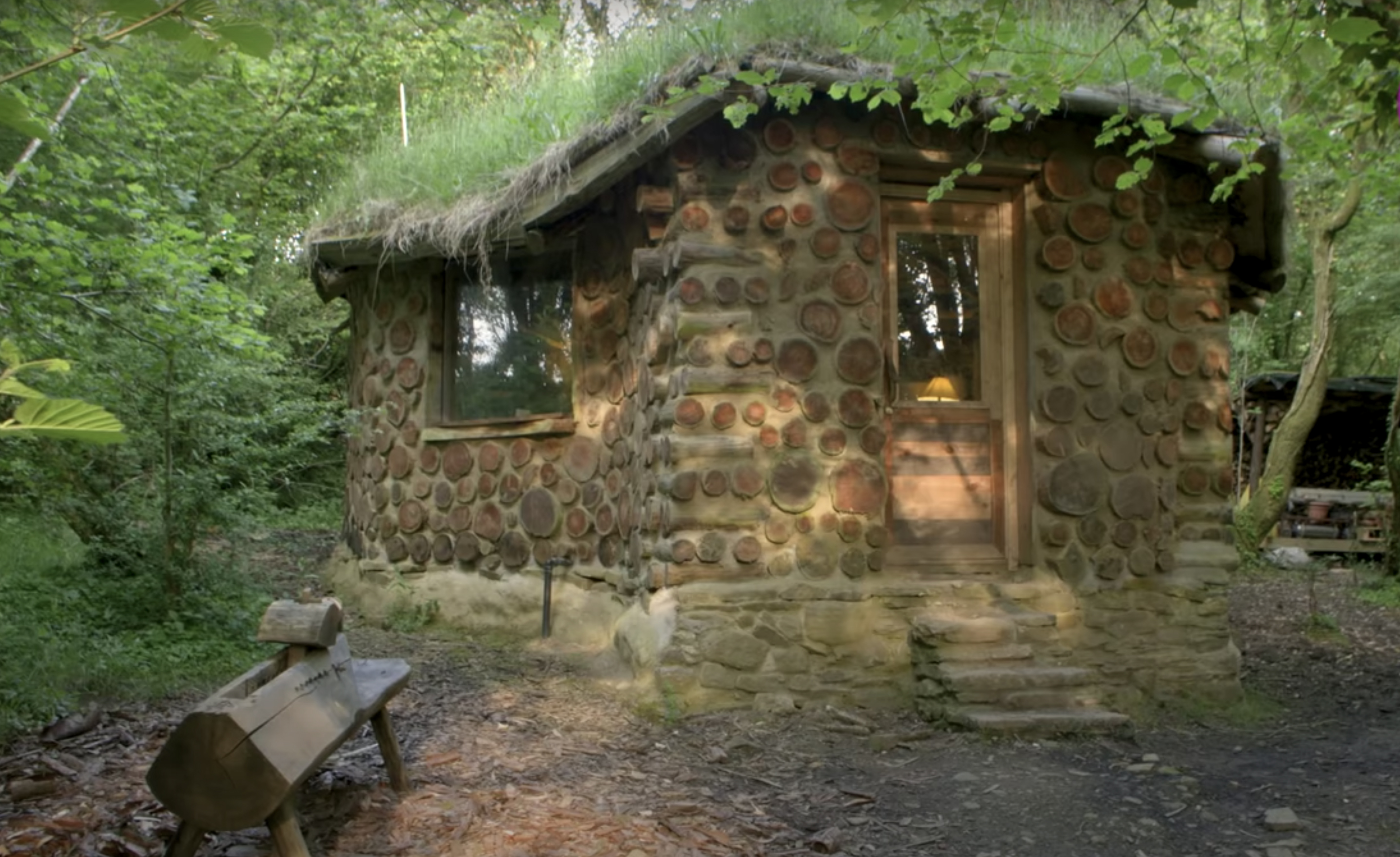

Quitting the city and going to live in a Hobbit house in the woods sounds like the kind of idea you might just share with friends after a few too many down the pub. Not for Kris Harbour who has done exactly that, trading his busy life in London for a much slower pace in Welsh woodland. Kris took the dream of building his own home one step further, creating an off grid haven with a self build house surrounded by nothing but trees.
He gave up his flat, a job and hectic social life when he bought a plot of land on eBay. With no clear intention of what his new home would look like, he has let nature and the resources available to him – be it natural materials or things he has recycled – design his new abode. The home is built from cob, a mix of clay, sand and straw. This holds logs together to form a cute, but sturdy little cottage, fit for a Hobbit. He mixed the cob with his own feet and as the materials were readily available nearby, it cost him next to nothing to build. He even sourced the window's from his parent's neighbours who were replacing their own double glazing. He estimates the total cost to be under £4,000 – just over $3,000.
But he hasn't had to sacrifice amenities for this low-cost life. He has running water filtered from a local spring, plug sockets powered by a hydroelectric system and solar panels. With next to no bills, he feels like he is living for himself rather than to pay for things – a much richer existence than he had before.
Kris doesn't intend for this to be his forever home. Instead, this is the prototype for the house he will eventually build when he has worked out how the land reacts and changes through the seasons. Either way, we can definitely see ourselves wanting somewhere like this for a weekend away from it all.
Building with cob
Cob is one of the oldest building materials and is very similar to mudbrick or adobe both of which are still used for building around the world. Unlike mudbrick, cob is not shaped into blocks first – it is simply built up in layers, or used to hold stick or log structures together.
The beauty of cob is that it is widely available. A builder simply needs soil (clay soil is great for the job), water and a fibrous organic material such as straw or even animal hair to hold it all together. Repair work is easy too as holes and damage can be patched up with a simple mix of cob as and when it is needed.
While cob buildings have fairly low levels of insulation they have great thermal mass which means that the sun or internal heat – such as a woodburner – warms the whole building. The cob will then retain and slowly release the heat back into the rooms, leaving the space warm and cosy. In the summer it does the opposite, keeping the interiors nice and cool. Think of it as a big heat battery and you will understand how energy efficient these buildings can be.
More on low impact living:
Join our newsletter
Get small space home decor ideas, celeb inspiration, DIY tips and more, straight to your inbox!

Lindsey is Editor of Realhomes.com and Editor in Chief for Home Ecommerce at Future. She is here to give you aspirational, yet attainable ideas for your home and works with her team to help you get the best buys, too. She has written about homes and interiors for the best part of a decade for brands including Homes & Gardens, Ideal Home and Gardeningetc and isn't afraid to take the inspiration she finds at work into her own space – a Victorian terrace which she has been (slowly) remodelling for the last eight years. She is happiest sipping a cup of tea with a cat on her lap (if only she had a cat).
-
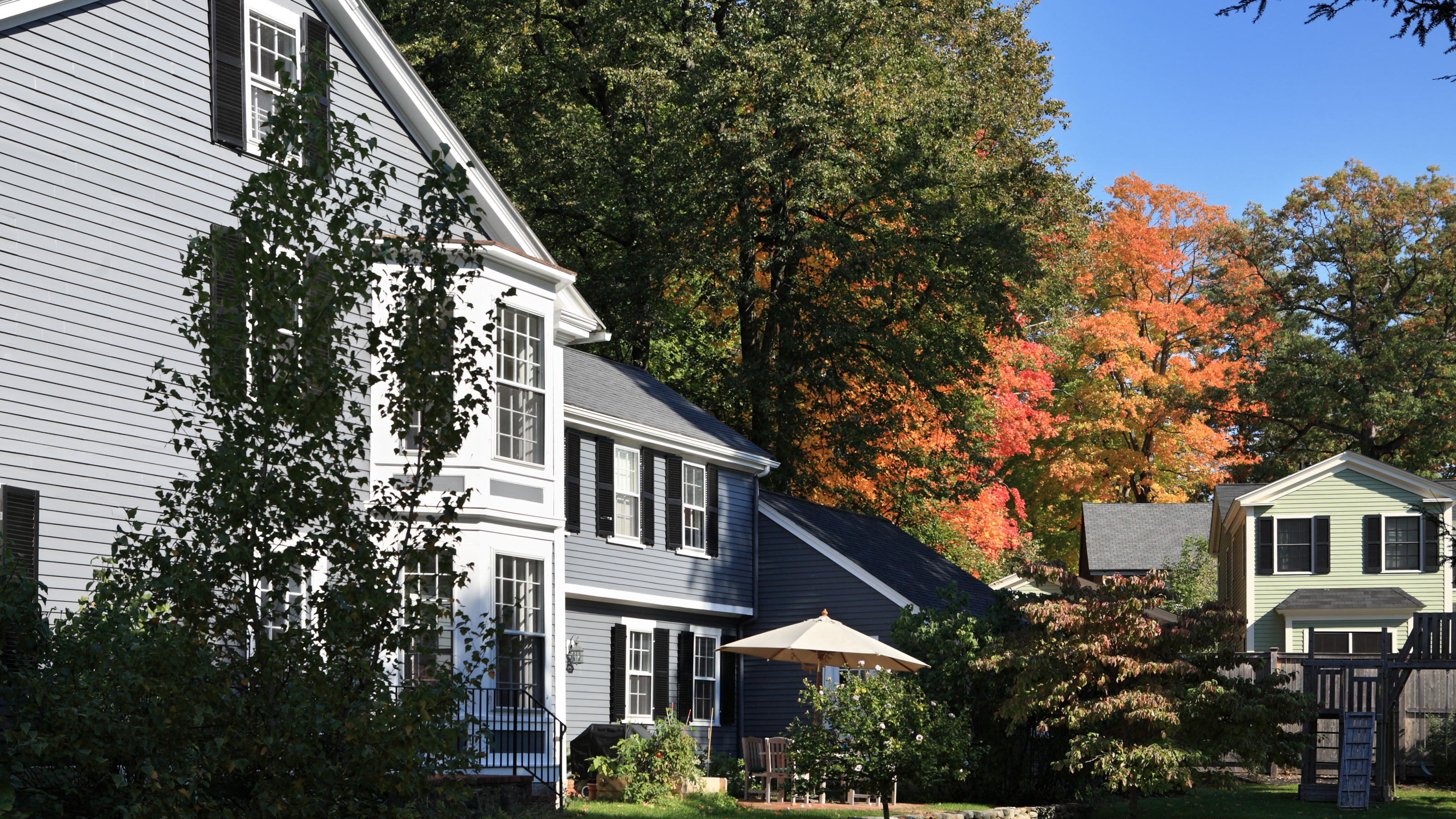 Housing market forecast: home buyers are rushing to beat rising mortgage rates
Housing market forecast: home buyers are rushing to beat rising mortgage ratesThe latest housing market forecast reveals a new factor in a hot market – steadily rising mortgage rates
By Anna Cottrell
-
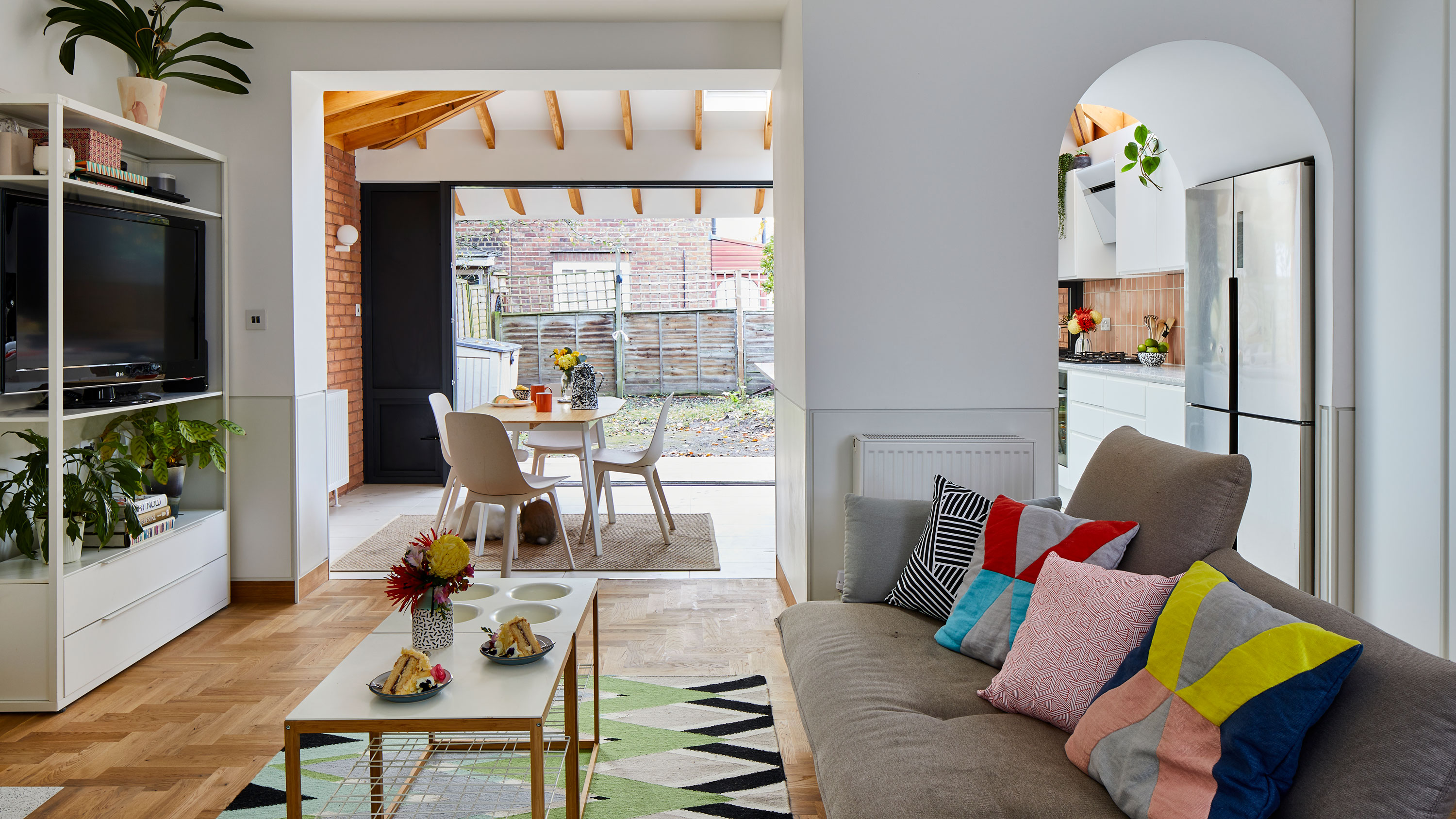 Before & after: A broken-plan layout completes this Edwardian terrace
Before & after: A broken-plan layout completes this Edwardian terraceThese happy bunnies have the best of both worlds. Divide and conquer
By Ellen Finch
-
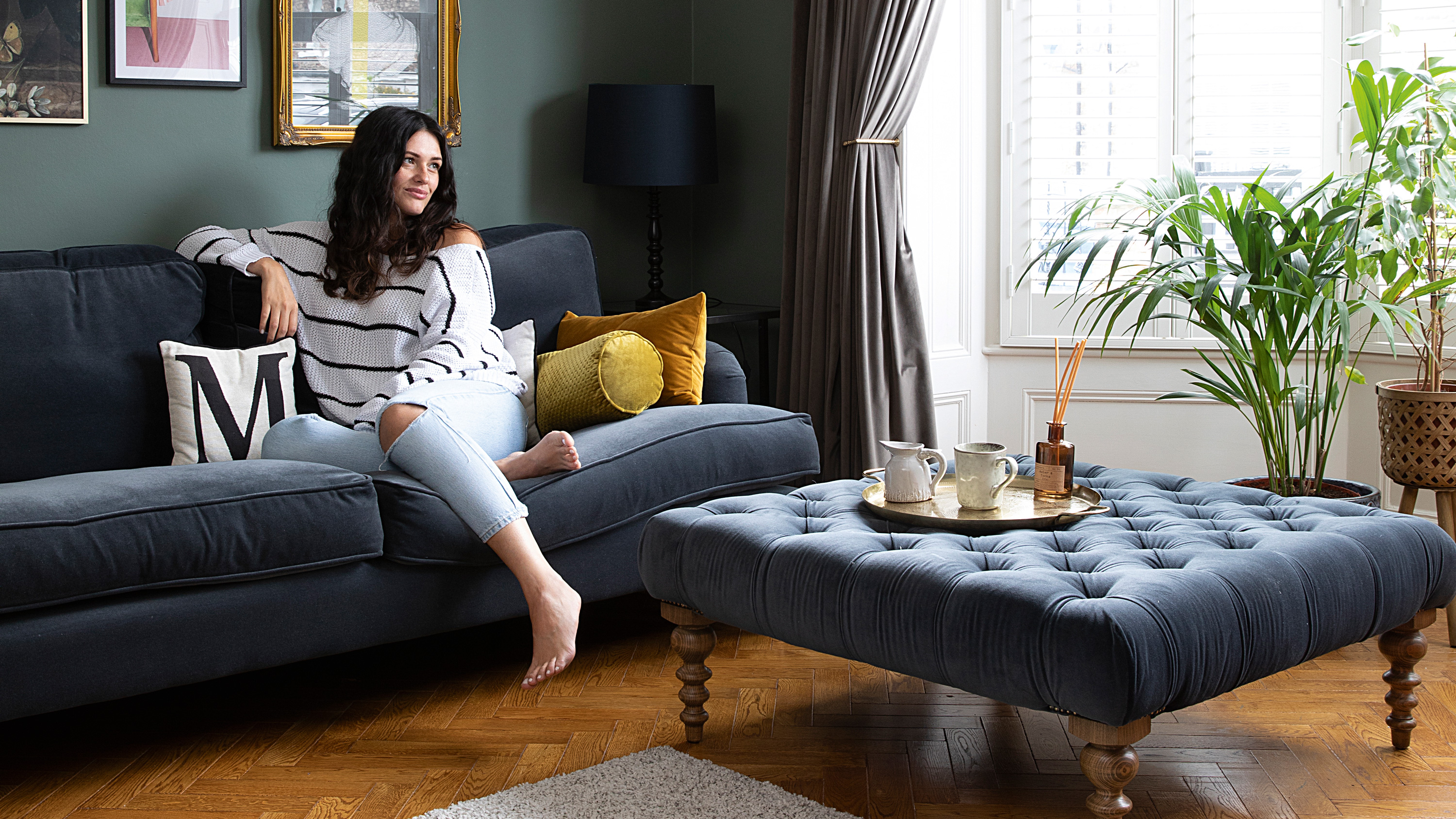 This dark and dramatic house just oozes original charm
This dark and dramatic house just oozes original charmThe color choices for this gorgeous Victorian home may seem bold, but just take a tour and you'll be reaching for the deep teal paint too...
By Ifeoluwa Adedeji
-
 These are the items you’re most likely to lose when moving house - and one could be seriously costly
These are the items you’re most likely to lose when moving house - and one could be seriously costlyDon't miss these off your checklist come moving day
By Millie Hurst
-
 A new survey reveals the one room we'd add to our home if money were no object
A new survey reveals the one room we'd add to our home if money were no objectBecause you can never have too many books
By Millie Hurst
-
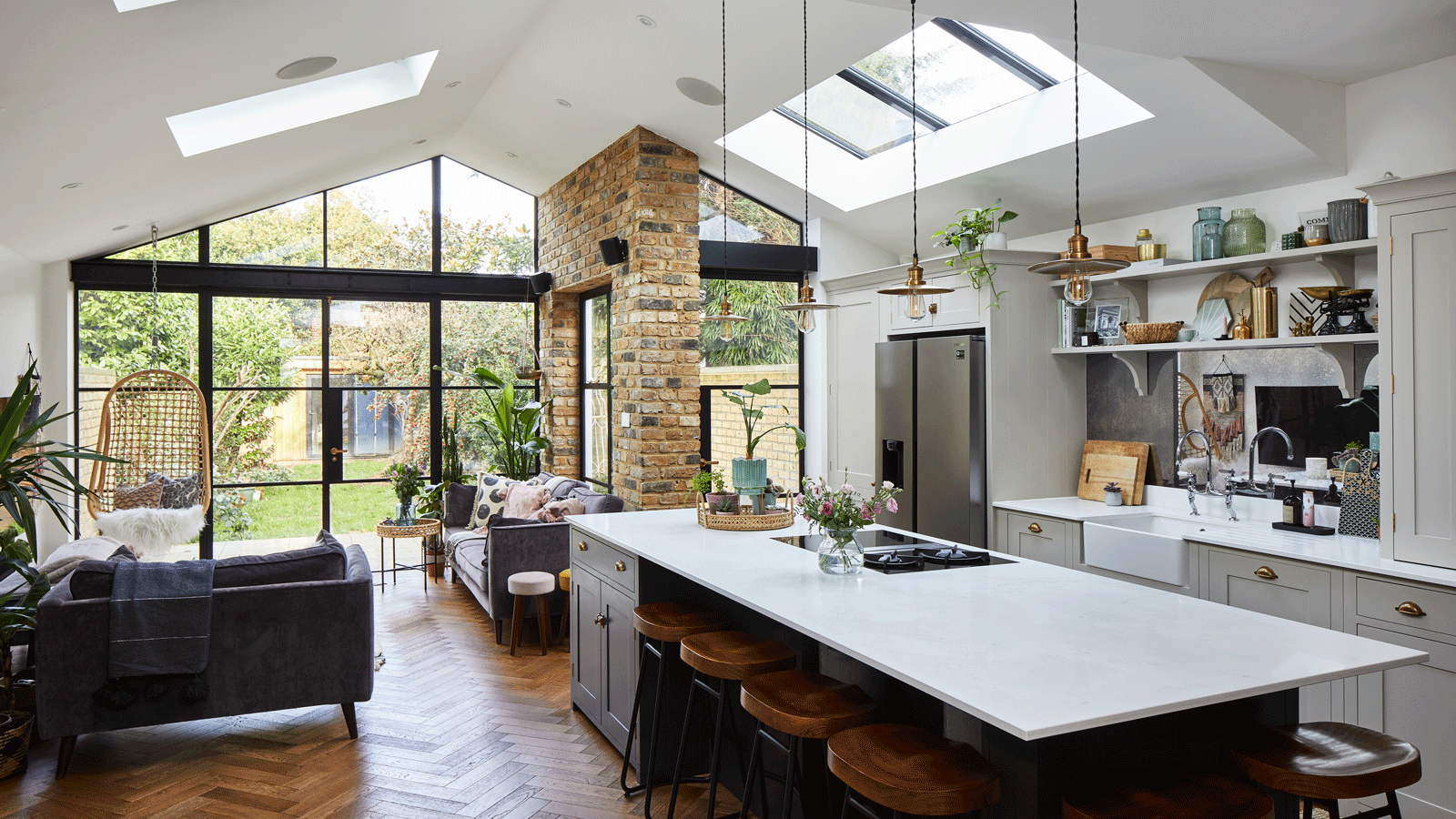 This is what a dream home looks like in 2021 (Hint: there's a fire pit)
This is what a dream home looks like in 2021 (Hint: there's a fire pit)Get ready for the home office of dreams
By Millie Hurst
-
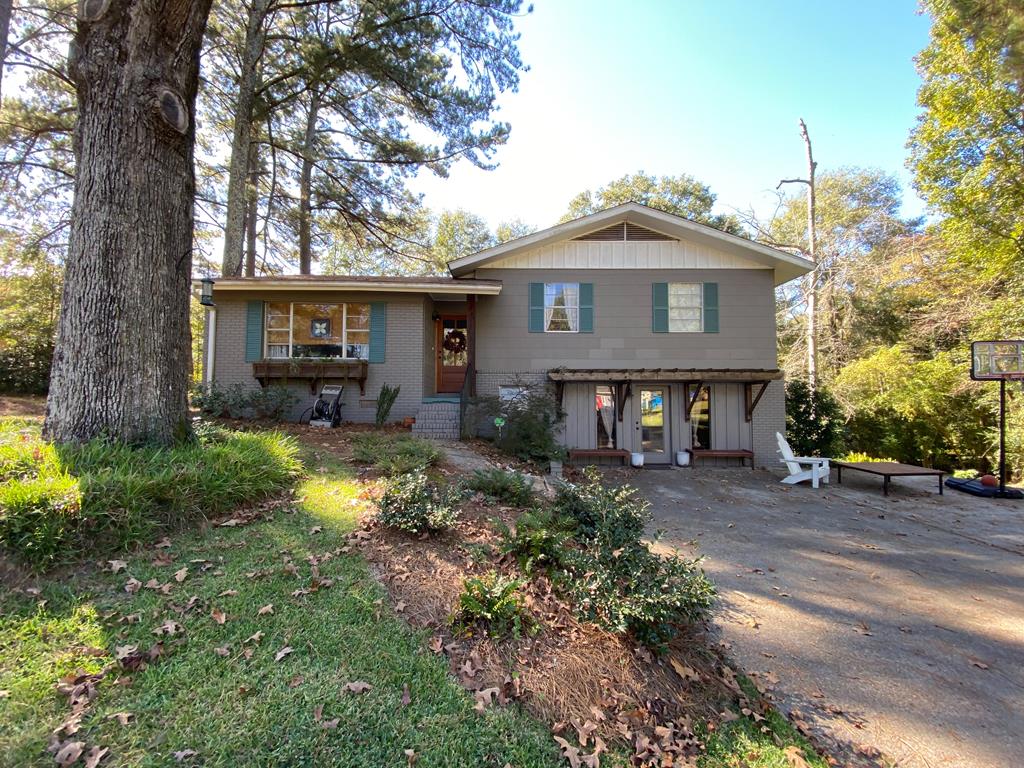 This HGTV 'Home Town' house is on the market for under $200k
This HGTV 'Home Town' house is on the market for under $200kSee what this Laurel, MS. house from HGTV's Home Town looks like today (and make it yours for under $200,000)
By Grace Stetson
-
 This sunbelt city is the top destination for homebuyers looking for value – and sun
This sunbelt city is the top destination for homebuyers looking for value – and sunBuyers on the move are choosing these Southern cities in what is beginning to be known as the Sunbelt Surge
By Anna Cottrell